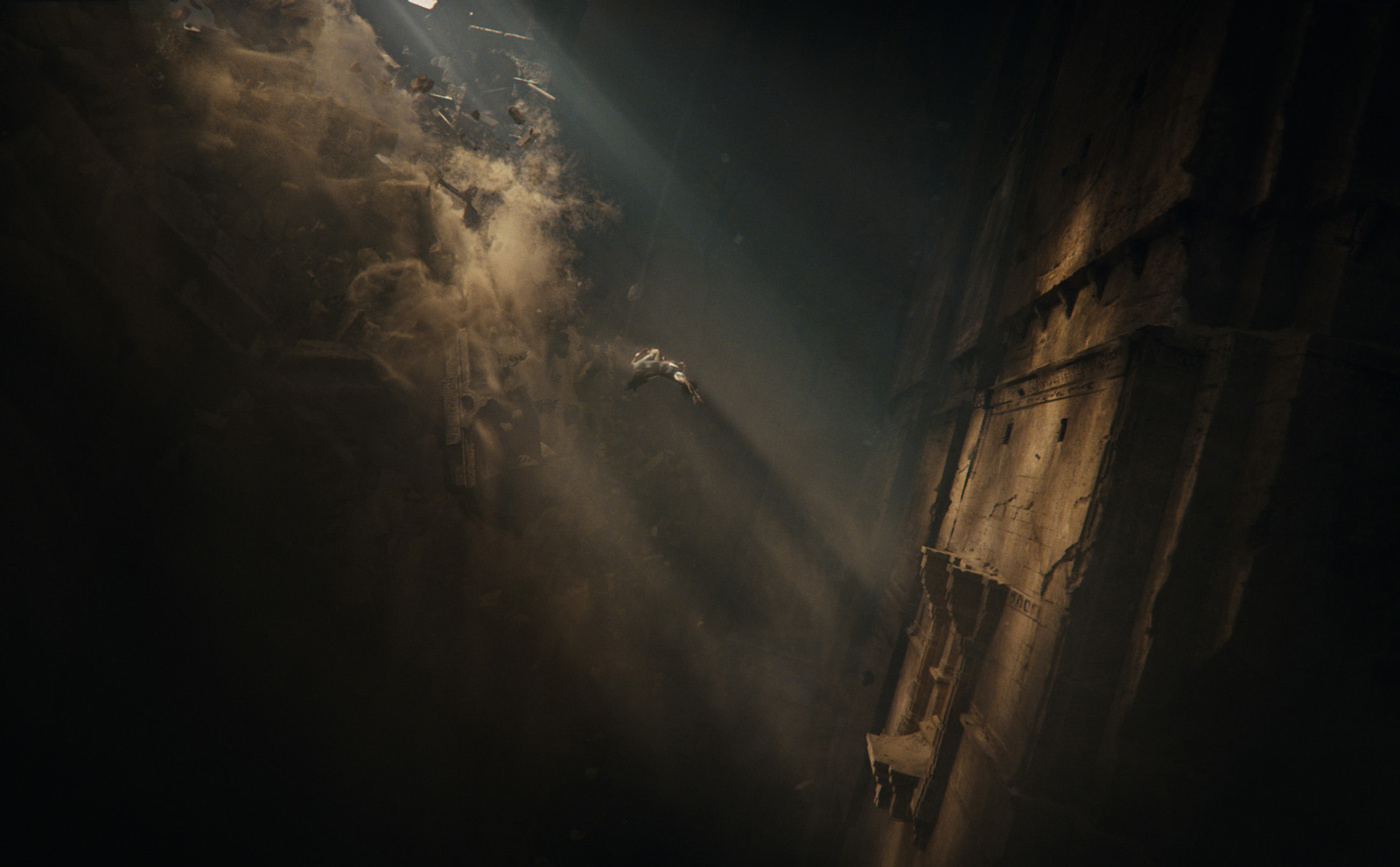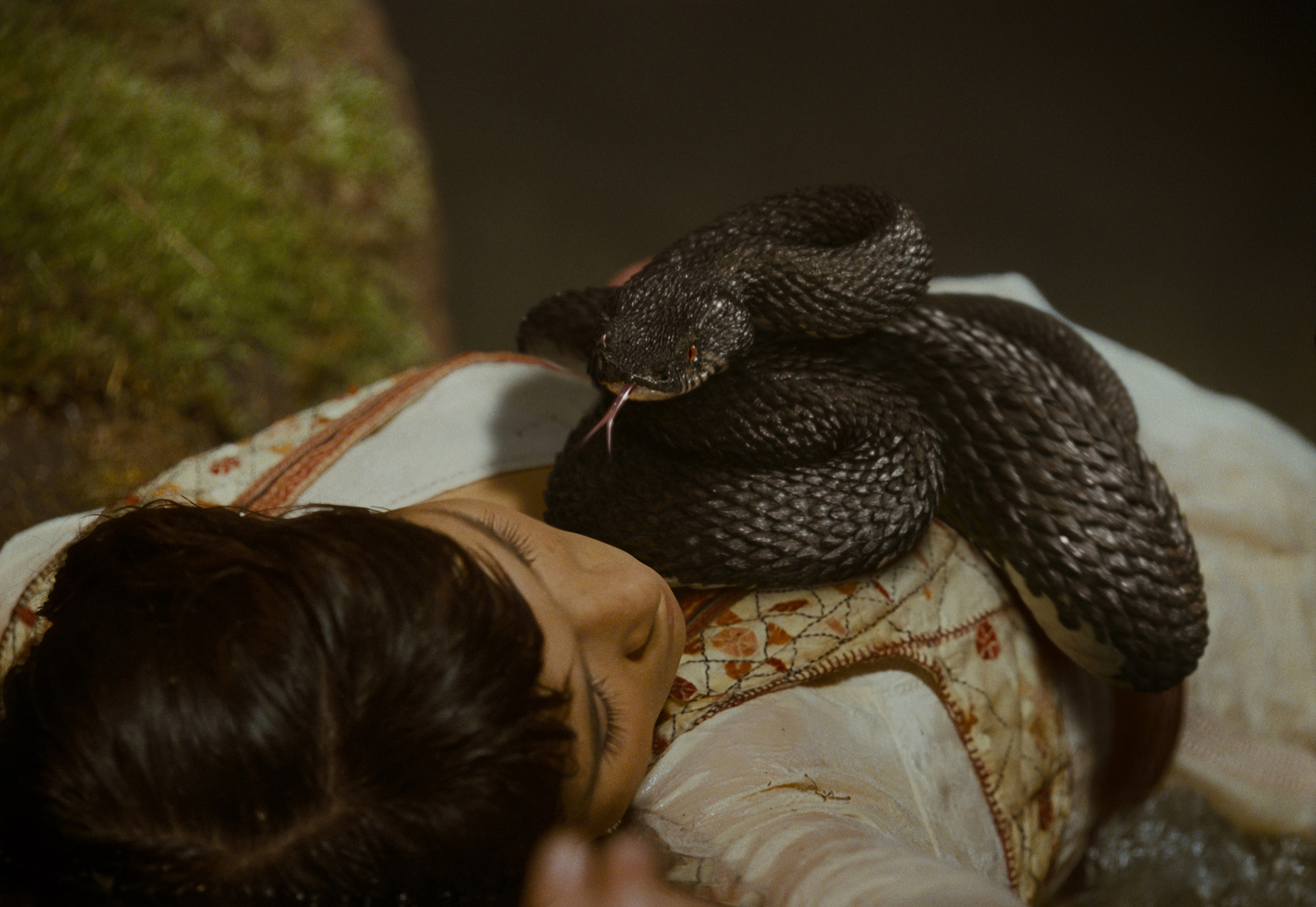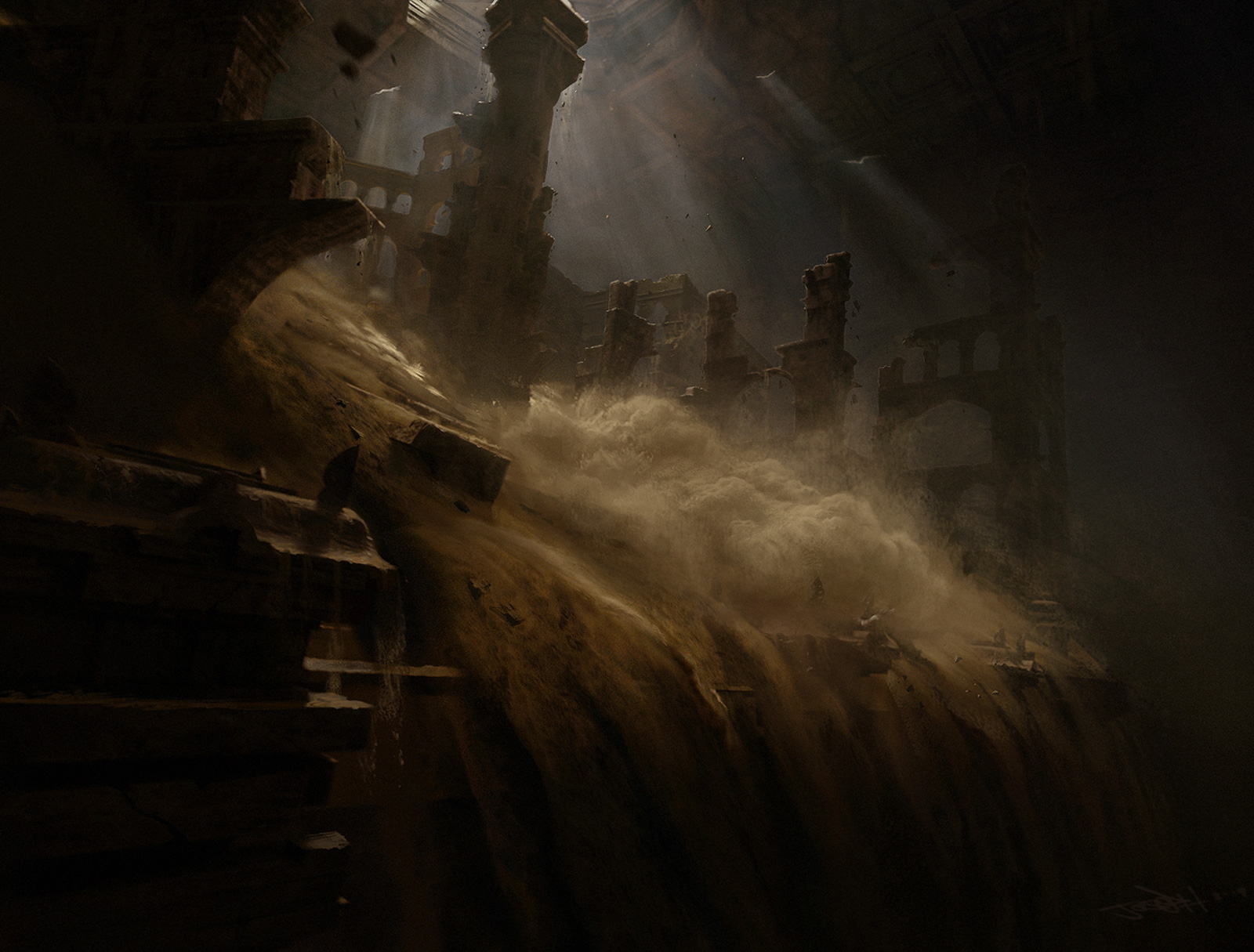After working several years at MillFilm on films such as BABE 2, GLADIATOR or LARA CROFT, Ben Morris joined Framestore in 2000 and participate on projects such as TROY, CHARLIE AND THE CHOCOLATE FACTORY and as visual effects supervisor on THE GOLDEN COMPASS and PRINCE OF PERSIA.
What is your background?
I studied at Art College and then did a Mechanical Engineering degree. Having left university, I joined Jim Henson’s Creature Shop designing and developing computer based Performance Animation Control Systems. I moved into CG during post-production on BABE 2 at MillFilm and moved to Framestore in 2000, where I have worked to the present day.
How was the collaboration with Mike Newell and the production VFX supervisor Tom Wood?
I really enjoyed working with both of them. Tom, in particular, was a very creative and inspiring VFX Supervisor to work with. He comes from a facility background and has a invaluable practical knowledge of how shots are put together. He also has an great sense of design and visual style, which shows through in all the work he supervised on PRINCE OF PERSIA.
What are the sequences made by Framestore?
The Hassansin Vipers and the Sandroom at the end of the film.
Were there real snakes on the set or are they all in CG?
There is one brief shot of a real python at the beginning of the Hassansin’s Den sequence – all the Vipers are CG.
How did you create the CG sand?
(Answer by Alex Rothwell, Lead FX artist)
Before starting the work, we first need to be clear in our minds about how we thought that much sand would move. There was no reference for a moving body of sand the size of a football field so we had to imagine what we thought it would look like with the help of our concept artists and try and realize that. Fast moving sand exhibits some fluid like properties but there are also key aspects of the movement that are un-fluid like. We contemplated doing a lot of fluid simulation work to model the movement of the sand, but large simulations are extremely time consuming and are not as directable as other solutions. Above everything we wanted a system that could be exactly controlled by an artist reacting to the director’s or supervisor’s comments.
The whole sequence was blocked out by the animators using geometric surfaces to represent the sand’s surface, we were able to get most of the key movement of the sand signed off in this way before an fx artist became involved. Once the layout of the shot had been finalized we had a custom plugin in Maya that took the animated geometric surfaces representing the sand and were able to produce a flow of particles that replaced the geometric surface in the final render. The plugin was able to create particle movement that appear fluid like and was dictated by the gradient of the under lying surface. Any additional flow detail could be controlled via maps, allowing the artist to quickly and visually paint the sand flow direction, including any turbulence and spay. The number of the semi-simulated particles was increased at render time via a custom particle management system dubbed pCache. This system allowed us to generate the number of particles need to produce a convincing render without the overhead of the extra processing and storage. The sand artists were able to write shader like scripts that gave complete control over the up scaling process and could also be used to produce addition surface detailing and displacement. In some of the wide shots over a billion points are being rendered.
Can you tell us about the shooting of the final scene in which the sand flows into the void?
Dastan is a mixture of real Jake Gyllenhaal and the odd digi-double. Jake really threw himself into the challenge and worked very hard to do most of the stunts himself. It really paid off in post, as we only had to do one face replacement in the entire sequence.
Can you tell us about your collaboration with Double Negative for the Oasis sequence?
The collaboration worked very well. For a few shots we needed to animate and render Vipers which were caught in the time-freezing effect created by Dastan releasing the dagger’s sand. Both companies worked on the same backplates, some of which had ‘virtual’ camera moves created by DNeg. Once we got approval for element in the shot we would package up a bundle of data for Dneg (reference animated geometry, 3D render elements and the approved comp).
What was the biggest challenge on this show?
Creating the epic scale of the environment and destruction required in the Sandroom. We always referenced back to the early concept work created by our VFX Art Director Kevin Jenkins perfectly captured the ‘look and feel’ of the sequence before we started working on it.
How many shots have you done and what was the size of your team?
We worked on approx. 220 shots and completed 125 for the film. We had 60 crew working on the project over a period of 2 years.
Was there some shots that prevent you from sleeping?
We had a couple of trailer shots involving complex sand simulation and rendering which delivered pretty close to the wire, but that’s the great thing about trailers – they flush out all the bugs before final delivery.
What did you keep about this experience?
Working with Tom Wood was an absolute pleasure and our relatively small crew created some really outstanding visuals from concept design through to final delivery. So I guess we’ll all keep some beautiful pictures …
What is your next project?
I have started working on a great project with a very good director, but sadly I can’t talk about it right now.
What are the four films that gave you the passion for cinema?
STAR WARS, BLADE RUNNER, DUNE and DARK CRYSTAL.
A big thanks for your time.
// WANT TO KNOW MORE?
– Framestore: PRINCE OF PERSIA dedicated page on Framestore website.
© Vincent Frei – The Art of VFX – 2010












